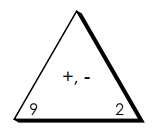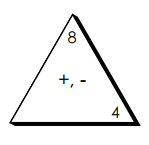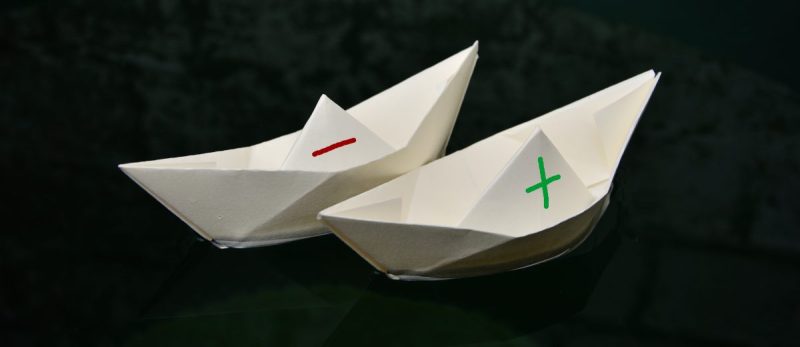Addition
The earliest grades are all about addition. Making sure your student can add all the single digits fairly easily is a good place to start.
A helpful hint for addition: if your child is struggling with a problem, have them ask the question “Is the first number the larger or smaller number?”
If it’s smaller, they can re-write the problem so the larger number is first. For young children, 7 + 2 is much easier that 2 + 7.
Having them do this not only reinforces the commutative property, but it also requires them to compare quantities. Here are some other specific addition areas where you can focus:
Adding 10 to any number under 100.
This is an essential skill. Subtraction is also understood through addition, so students should be able to subtract 10 from any number. What is 15 – 10? 23 – 10? 97 – 10?
Mastering the pairs of numbers that sum to 10.
This will pay off in later grades. For example, when a student knows right away that 4 + 6 = 10, they can mentally add 24 +6; 84 + 6; 40 + 60; and so on.
Knowing how far a number is from 10 (or the next multiple of 10, i.e: 24 is 6 numbers from 30) is a parallel skill.
Practicing the doubles.
This is also helpful later because a student who knows 7 + 7 right away also knows 70 + 70 and will have an easier time with 7 + 8. Moreover, when they begin division, 14/2 will be understood more fully.
Adding a two-digit number and a single digit number.
This can be broken into three areas:
- the numbers will sum to a multiple of 10. Ex: 24 + 6 = 30
- the numbers will stay in the same group of 10. Ex: 24 + 4 = 27;
- the numbers will go into the next group of 10. Ex: 24 + 8 = 32.
Depending on your child’s comfort level with these, you can work on each type separately or mix them all together.
Two-digit plus two-digit addition.
Your child will likely do these problems by drawing tens and ones or rewriting the problem to show place value, ie: 34 + 52 = 30 + 50 + 4 + 2. If practicing these, you can break them up into problems that don’t require carrying and problems that do.
Subtraction.
Subtraction is most easily practiced as a missing addend. For example, your student can fill in the blank for 8 + ___ = 3, and then write the corresponding subtraction “fact families,” which are 11 – 8 = 3 and 11 – 3 = 8.
Too Easy?
If your child finds these problems easy, here are some additional ideas:
You can have him or her practice addition and subtraction with three digits. Word problems involving one of both operations can provide an additional challenge.
Less of a challenge, but helpful in preparing for multiplication, would be to have your child add numbers found in a certain times table.
For example, practicing 9 + 3; 24 + 3; 18 + 3 etc. will make multiplication familiar when they learn it.
Children can also practice writing out all the multiples (up to 15) of a given number since all they need to do is keep adding that number to their result.
Math Triangles
Math triangles are a great tool for mixing up addition and subtraction practice; see the diagrams below. The two numbers at the bottom sum to the number at the top. If you fill in the bottom numbers, it’s an addition problem for your child. If you fill in the top and one number at the bottom, it’s a subtraction problem for your child. Based on your child’s skill, you can make these problems easier or harder.


Summer Study Plan
2nd and 3rd graders should spend roughly 20-25 minutes, twice a week during the summer to make sure their skills don’t deteriorate by next year.
If they had difficulty with math during the school year, they should spend 30 minutes, 3 times per week. By the end of the summer, they should be able to solve these kinds of problems quickly and correctly.
Resources
IXL has an online library of grade-specific problems, broken down by topic: https://www.ixl.com/math/grade-2
Alternatively, k5learning.com has well formatted, easy-to-print worksheets, also broken down by topic. The sheets are organized and given titles like “single digit addition” and “complete the 10”.
- 1st grade addition : http://www.k5learning.com/free-math-worksheets/first-grade-1/addition
- 2nd grade addition : http://www.k5learning.com/free-math-worksheets/second-grade-2/addition
I prefer the printed worksheets, as computers can be distracting.
Need Help?
If you need help organizing an effective summer study plan or just want someone to sit down with your kids and make math fun, give us a call at 718.552.0300. We’re always happy to help.


